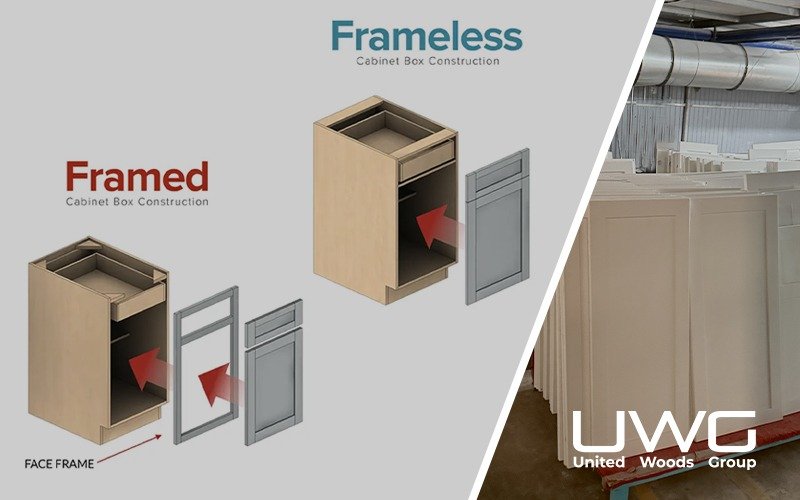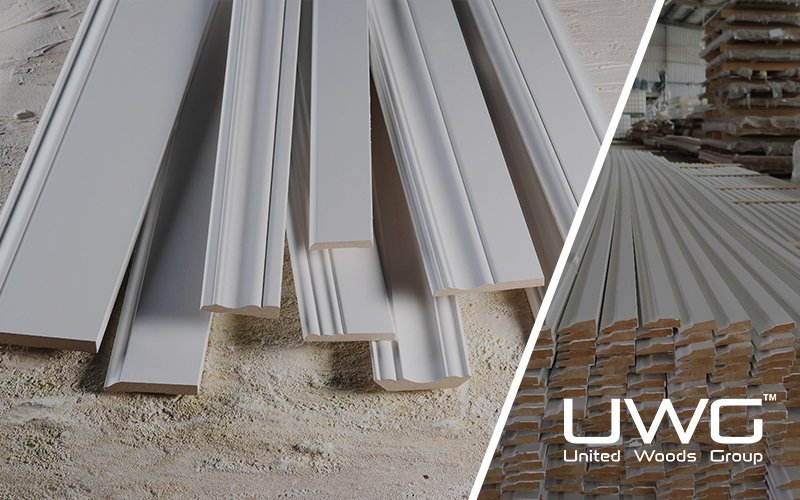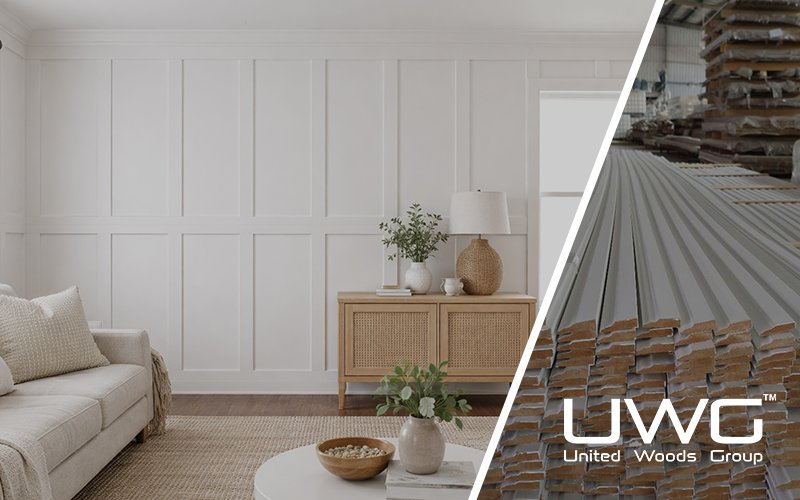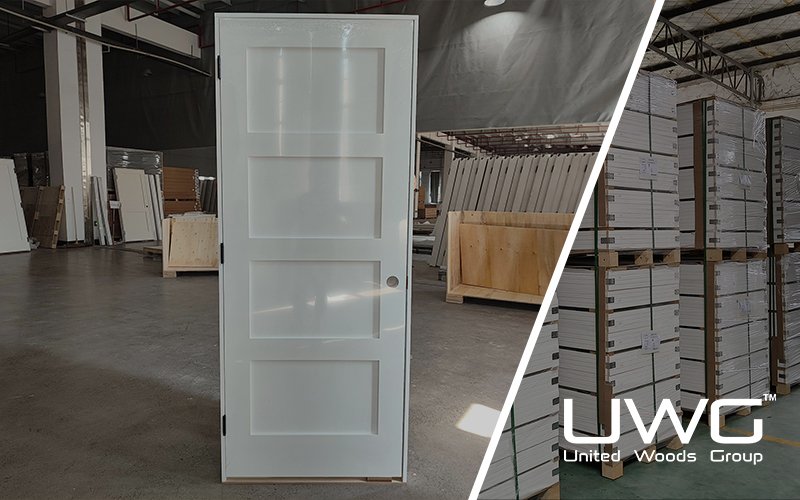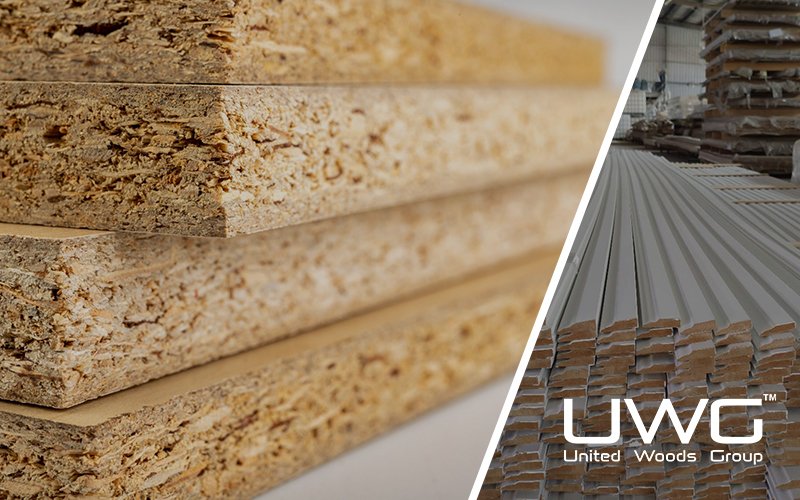You’re standing in a half-gutted kitchen, blueprints in one hand and a client asking, “Should we go with framed or frameless cabinets?” The walls aren’t perfectly square. The budget is tight. The timeline is tighter. Choosing the wrong cabinet style could mean delays, callbacks, and cost overruns. This guide helps you make the right call — fast.
Framed cabinets bring strength, adjustability, and a traditional appearance — great for older homes or custom builds. Frameless cabinets offer modern aesthetics, better access, and space efficiency — ideal for clean-lined kitchens and tighter spaces. The best choice depends on layout, style, and build conditions. Use frameless cabinets for square walls, a modern look, limited storage space, and with skilled installers and quality materials. Use framed cabinets for remodeling older spaces, achieving a timeless/rustic look, making onsite adjustments, or ensuring durability under heavy daily use.
Let’s break down when and why each type works best for your project.
What Are Framed and Frameless Cabinets?
Framed cabinets, also known as traditional American-style cabinets, include a face frame — a hardwood border attached to the cabinet’s front. Doors hinge off the frame, and the structure adds rigidity. This is standard in traditional American cabinetry.
Frameless cabinets (also called “full-access” or “European-style”) have no face frame. Doors attach directly to the sides of the box, maximizing storage and creating a clean, seamless exterior. Precision is essential, as the box does all the structural work.
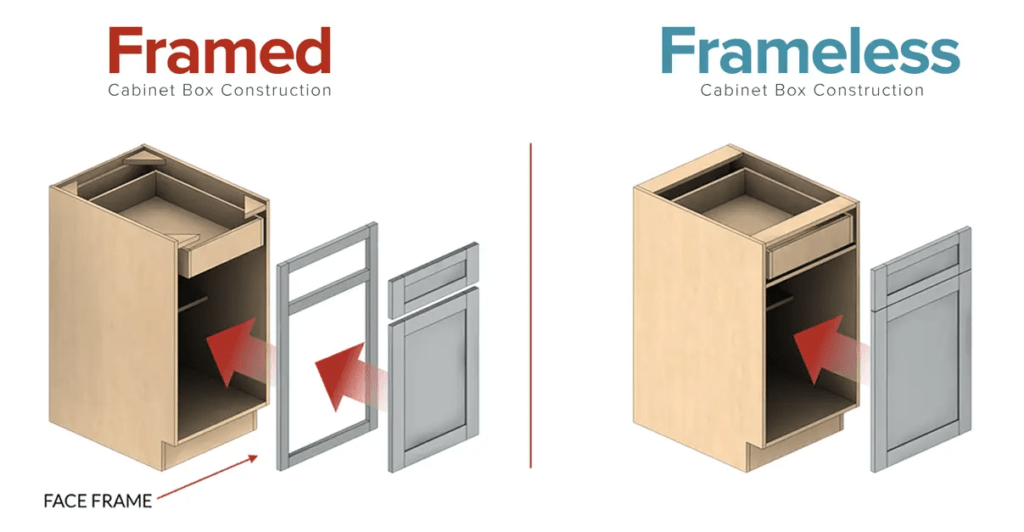
Real-World Use Cases: Which Type Fits Your Project?
Remodeling Older Homes
Framed cabinets shine here. They handle uneven walls, floor slopes, and weird corners. The face frame lets you tweak door alignment easily after install.
Sleek, Modern Kitchens
Frameless cabinets offer full overlay doors, no center stiles, and crisp lines. For minimalist or contemporary styles, frameless is the go-to.
Multi-Unit Builds or Condos
Need to install fast, save space, and maintain a consistent modern look? Frameless works well in multi-family or small-space builds. Just make sure you’re using good materials — flimsy boxes will cost you later.
Custom Homes or Mid-High-End Projects
Both styles can work here. You may choose framed with full overlay doors for the durability of a frame with the sleekness of frameless. Flexibility is key.
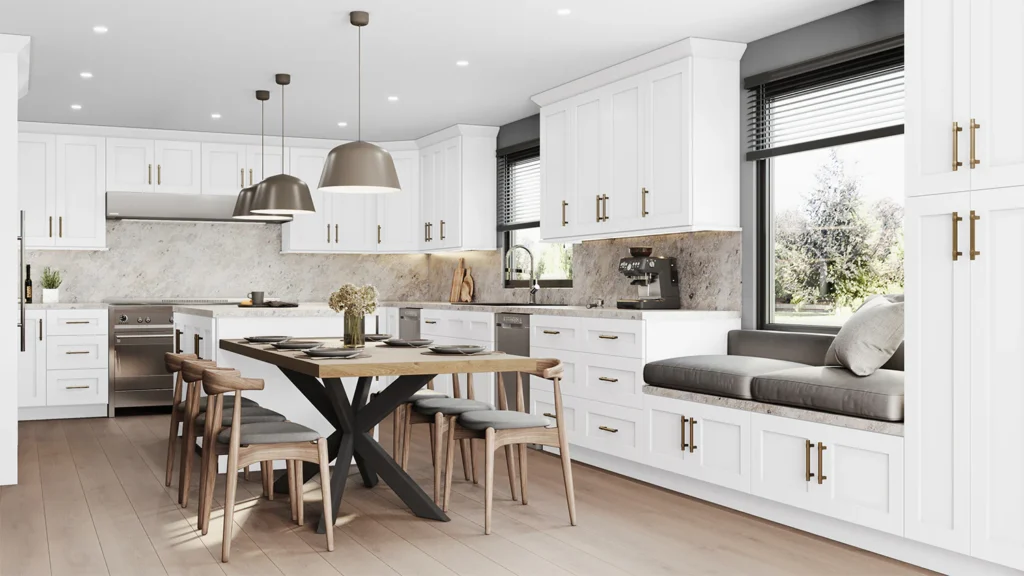
Key Differences: Space, Durability, Installation & Cost
Space Utilization
Frameless wins here. The lack of a face frame and center stiles means wider openings, more drawer space, and easier access — especially useful in narrow kitchens.
Framed cabinets take up slightly more room inside, especially in double-door setups.
Structural Durability
Framed cabinets are more rigid by design. The face frame reinforces the structure and resists warping. Frameless boxes must rely on thicker sides (usually ¾”) and strong joinery.
Frameless builds may will sag or shift over time, especially in humid areas.
Installation & Adjustability
Framed cabinets are more forgiving. You can shim, tweak, and fine-tune doors easily. Frameless cabinets demand precision — perfect walls, level floors, square installs. Any misalignment shows fast.
Cost Comparison
| Feature | Framed Cabinets | Frameless Cabinets |
|---|---|---|
| Material Cost | Slightly higher (face frame) | Often lower (no face frame) |
| Install Flexibility | High | Low |
| Storage Capacity | Moderate | High |
| Looks | Traditional, flexible | Modern, seamless |
| Long-Term Strength | Excellent | Good (if quality is high) |
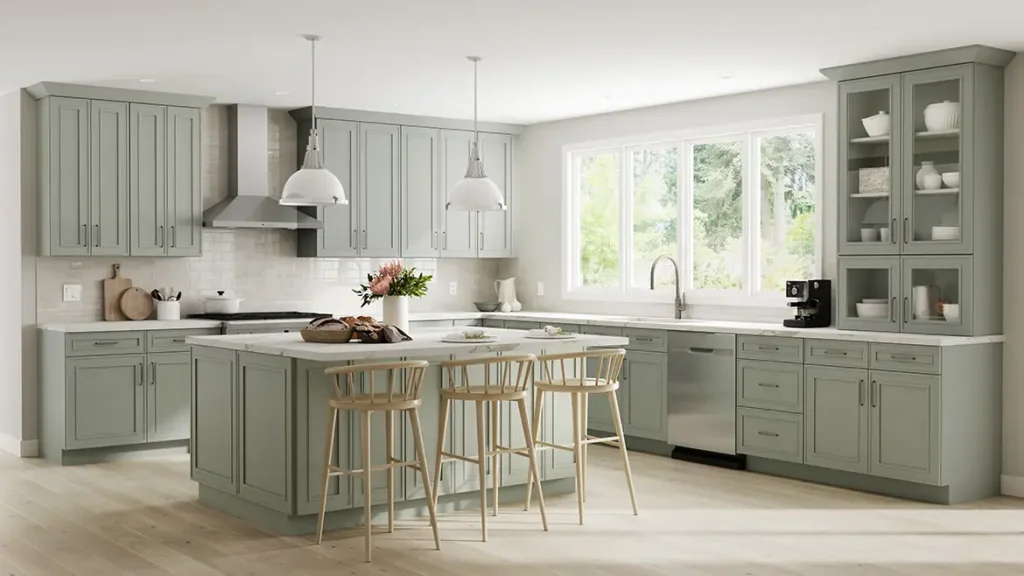
Should I Get Framed or Frameless Cabinets?
Start by asking three questions:
- What style do you prefer — modern minimalism or classic charm? Modern kitchens often suit frameless cabinets for their clean lines, while classic designs may benefit from the detailed craftsmanship of framed options.
- Is maximizing space essential? Frameless cabinets typically offer more storage within the same area, ideal for compact kitchens. Their open interior layout enhances accessibility and organization.
- Are your walls and floors perfectly level? Framed cabinets provide installation flexibility, accommodating minor imperfections. Frameless ones demand precision, as any unevenness is more visible.
Choose frameless when space, speed, and a sleek aesthetic are most important. Choose framed when you need strength, flexibility during install, or a classic design.
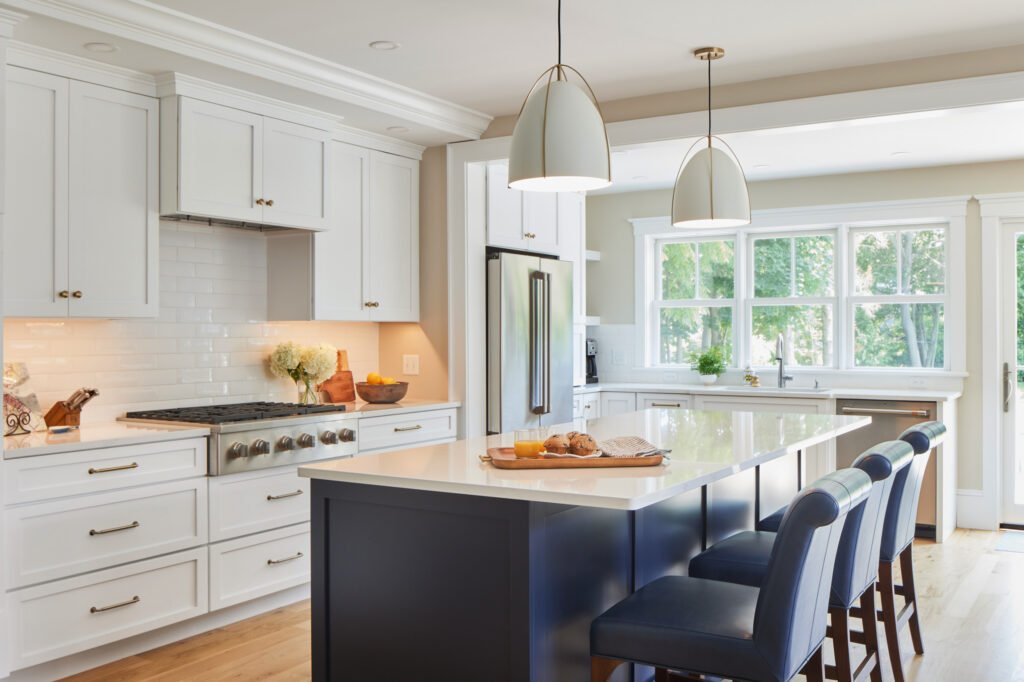
Pros and Cons of Frameless Cabinets
Frameless cabinets offer impressive functionality and a clean, modern look — but require precision and care.
Advantages
- More storage: No face frame = wider drawers and full access.
- Modern design: Flat panel doors, no gaps, flush alignment.
- Easier cleaning: Fewer crevices and corners.
- Flexible interior layout: Adjustable shelves are common.
- Ideal for prefab and quick installs (when manufactured accurately)
Disadvantages
- Tighter install tolerances: Any small flaw shows up.
- Less forgiving during retrofits or remodels
- Box-only support: Hinges and slides are screwed into the cabinet sides, which can wear down.
- Cheaper builds fail fast: Low-grade MDF or particle board won’t last in high-use kitchens.
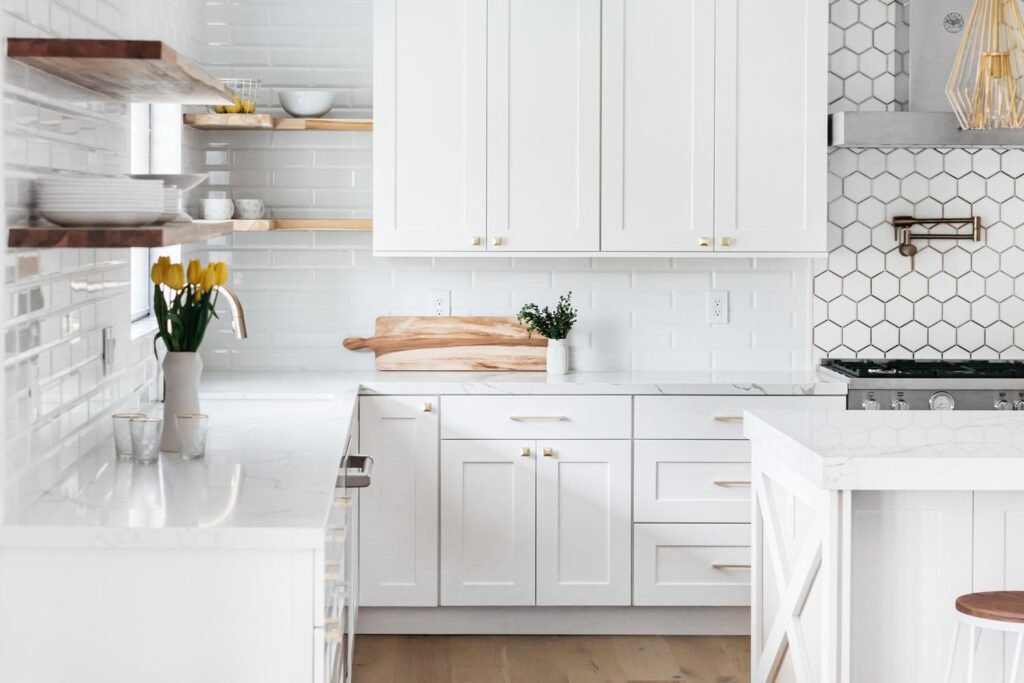
Pros and Cons of Framed Cabinets
Framed cabinets remain a contractor favorite for a reason: strength, stability, and versatility.
Advantages
- Solid structural frame: Resists sagging and helps with uneven walls.
- Flexible door options: Full overlay, partial overlay, or inset doors all work.
- Easier to install and adjust
- Classic aesthetic: Works for farmhouse, shaker, traditional, or transitional kitchens.
- Handles long-term use better — especially with heavy drawers or awkward corners.
Disadvantages
- Slightly less interior room: Face frames and stiles reduce storage in tight spaces.
- Less modern look (unless combined with full overlay doors)
- Heavier cabinets: Frame adds weight and bulk.图6
Are Framed Cabinets Compatible With Full Overlay Doors?
Absolutely. The combination of framed cabinets with full overlay doors presents a highly appealing hybrid option that seamlessly blends modern aesthetics with the time-tested stability and flexibility of traditional framed construction. This pairing is particularly ideal for clients who are drawn to the sleek, contemporary appearance of full overlay doors but also value the structural integrity and installation adaptability that framed cabinets offer.
- Overlay doors cover most of the frame, creating a flush, streamlined look: Full overlay doors are designed to extend over the majority of the cabinet frame, leaving only a minimal amount of the frame visible around the edges. This design choice results in a clean, uninterrupted surface that exudes modern sophistication. The doors appear to sit flush with the cabinet sides, giving the entire unit a cohesive and polished appearance.
- You still get the benefits of face frame strength: Despite the modern look achieved with full overlay doors, the underlying framed construction remains intact, providing the same level of strength and durability as traditional framed cabinets. The face frame serves as a sturdy anchor for the doors and hinges, ensuring that they operate smoothly and securely over time. This structural integrity is especially important in high-traffic areas or kitchens where cabinets are subjected to frequent use.
- A good fit for transitional styles and semi-custom cabinetry: The combination of framed cabinets with full overlay doors is particularly well-suited for transitional kitchen designs, which blend elements of both traditional and contemporary styles. This hybrid approach allows you to incorporate modern touches, such as the sleek look of full overlay doors, while maintaining the warmth and familiarity of a framed construction. Additionally, this option is often favored in semi-custom cabinetry projects, where clients desire a degree of personalization without venturing into fully custom territory. The versatility of framed cabinets with full overlay doors makes it easy to adapt to various design preferences and kitchen layouts.

Pro Advice From the Field
As a contractor or builder, you’re not just picking a cabinet — you’re solving a design problem.
Use frameless cabinets when:
- Your walls are square and true
- The job calls for a modern look
- Storage space is at a premium
- You have skilled installers and solid materials
Use framed cabinets when:
- You’re remodeling an older space
- The client wants a timeless or rustic look
- You expect to make onsite adjustments
- You want cabinets that hold up to heavy daily use
Tip: Always spec high-quality box materials (plywood > particle board) and soft-close hinges — especially for frameless.

Summary
Choosing between framed and frameless cabinets isn’t just about style — it’s about the project environment, your installation needs, and the long-term performance your client expects.
Frameless cabinets are fast, clean, and efficient — if your conditions are right. Framed cabinets give you margin for strength, and adaptability — even on rough remodels.
Pick the right structure. Save time. Deliver better builds.
Want help sourcing the right product or advice on custom finishes? Get in touch — we’re happy to help you Choose the right cabinets.

